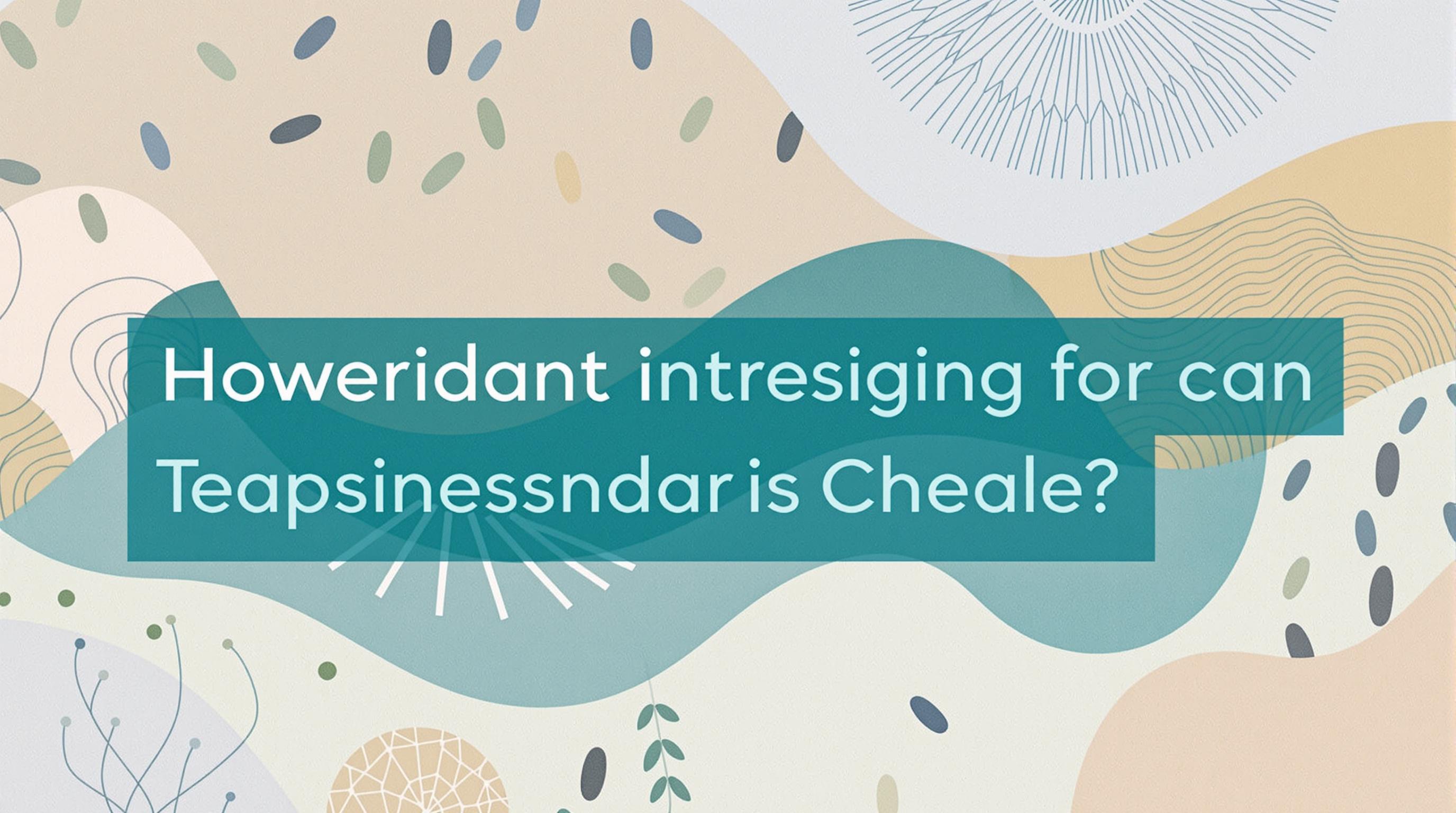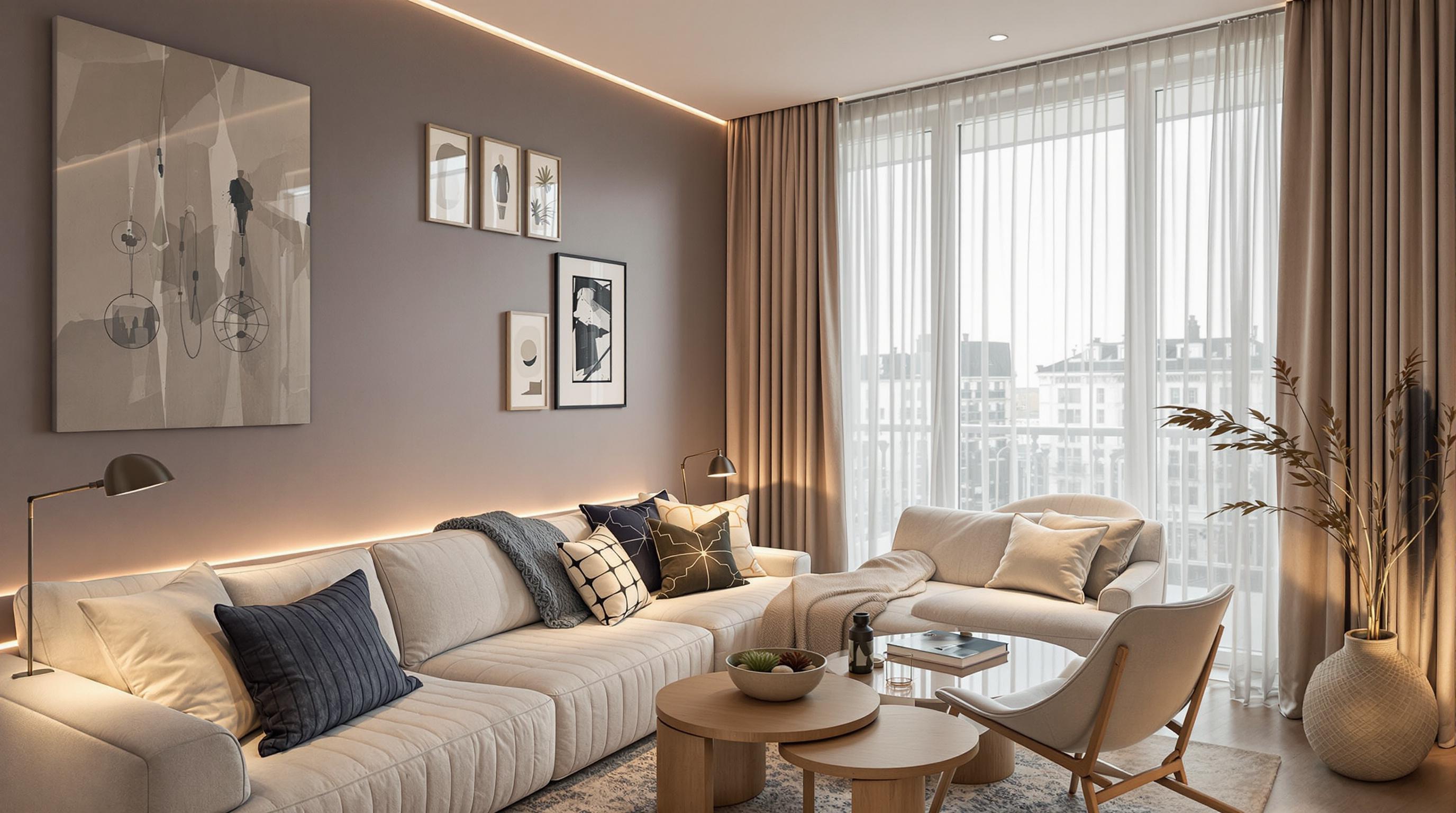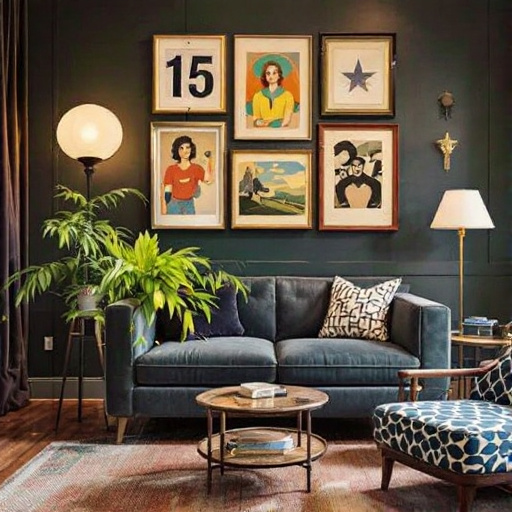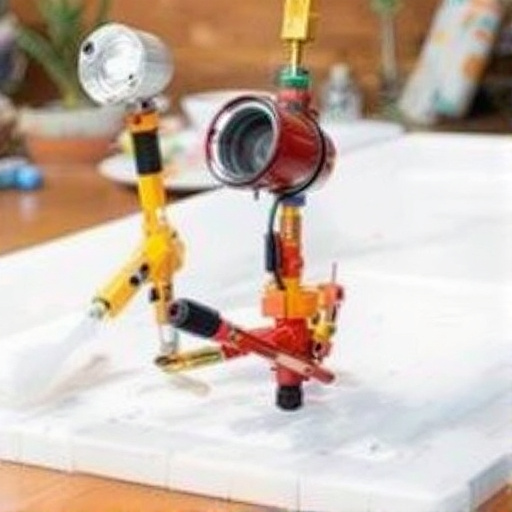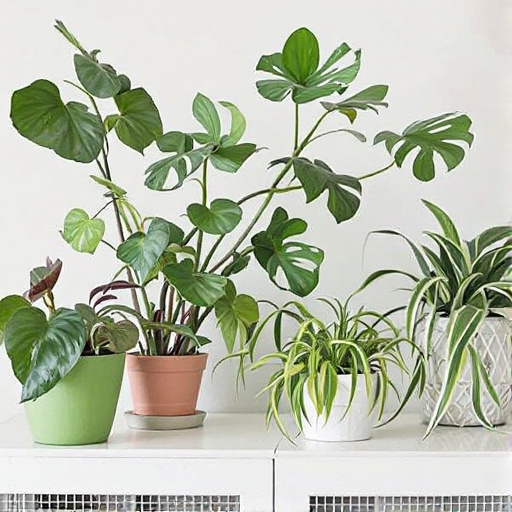Featured Articles
- 12 Ingenious Lighting Techniques That Illuminate Your Home’s Hidden Potential and Boost Ambiance
- Harnessing Biophilic Design: How Integrating Natural Patterns Boosts Wellbeing and Comfort Indoors
- Revamping Spaces: Unconventional Uses for Everyday Household Items in Home Improvement Projects
- Reviving Retro: How Vintage Home Decor Can Transform Modern Spaces into Timeless Treasures
- Transforming Trash: Innovative Upcycling Ideas for Unused Household Items in Home Improvement
Unconventional Home Improvement: The Hidden Benefits of Feng Shui in Modern Interior Design
Unconventional Home Improvement: The Hidden Benefits of Feng Shui in Modern Interior Design
Feng Shui, an ancient Chinese practice, offers more than just a unique aesthetic for home design; it brings a wealth of hidden benefits that can transform your living spaces and enhance your wellbeing. This article delves into the unconventional applications of Feng Shui in modern interior design, exploring its principles, benefits, and its surprising compatibility with contemporary styles.
Understanding Feng Shui: A Brief Overview
Feng Shui, which translates to “wind” and “water,” is an ancient art and science that has been practiced for over 3,000 years. Its goal is to harmonize individuals with their surrounding environment, fundamentally believing that the arrangement of space affects energy flow, or ‘Chi’. By manipulating this energy, one can enhance their health, relationships, and overall wellbeing.
The Science Behind Feng Shui: Does It Really Work?
While some may roll their eyes at the idea of arranging furniture according to mystical beliefs, studies have shown that environment does influence mood and behavior. In fact, a study in the journal *Environment and Behavior* found that physical space could have a significant effect on outcomes related to stress and productivity (Kahn & Brambilla, 2018). When you think about it, your home is the backdrop for your life, and its setup could very well be affecting how you live it.
Case Study: The Office Transformation
Take the case of Jane, a 35-year-old digital marketing manager who revamped her home office using Feng Shui principles. Before the redecorating, she struggled with concentration, often feeling overwhelmed and unmotivated. After implementing the principles of Feng Shui, including positioning her desk to face the door (which symbolizes control and opportunity) and removing clutter, she saw her productivity jump by nearly 30%, according to her own tracking charts. "It felt like I was working in a different space entirely!" she exclaimed.
Common Misconceptions about Feng Shui
Many people associate Feng Shui with colorful trinkets and fortune cat figurines. However, it's far more than decorations. A common misconception is that you must adhere strictly to traditional design. In reality, modern interpretations of Feng Shui can easily blend with minimalism or contemporary styles, proving that the practice is adaptable and far from outdated.
Bringing the Outside In: Nature’s Integration
Laura, a 42-year-old interior designer, emphasizes incorporating natural elements in her projects. "Adding plants not only beautifies the space but also improves air quality and brings tranquility," she says. A study published in the *Journal of Environmental Psychology* found that people exposed to greenery reported lower stress levels and higher feelings of wellbeing (Kaplan, 2017). Feng Shui encourages the use of plants, enhancing Chi while also connecting individuals with nature—a need more acute in our urban lifestyles.
Feng Shui in the Bedroom: Harnessing Energy for Sleep
Ah, sleep—the elusive goal everyone strives for! Feng Shui offers several tips for creating a restful environment. For instance, your bed should ideally be positioned away from the door yet still allow you to see it (known as the command position). This contributes to a sense of security, minimizing anxiety and enhancing restful sleep. In an age where insomnia affects approximately 30% of adults (American Sleep Association, 2021), restoring balance through Feng Shui can provide the sanctuary we so desperately need.
A Giggle with Feng Shui: The "Bathroom Blues"
Let’s talk about the bathroom. Now, Feng Shui enthusiasts might chuckle at the challenges of this space. It's commonly believed that if your bathroom is located in a corner of your home, it may be “flushing away” your wealth! While it sounds a little silly, it can serve as a humorous talking point during renovations. Just remember, integrating solutions like decorative elements or plants can help combat that dreaded “drain” energy.
The Senses: Sight, Sound, and Touch in Feng Shui
One of the lesser-discussed aspects of Feng Shui is how it appeals to the senses. Incorporating textures like silk cushions or wooden furniture can create a comforting space. Sounds of flowing water, often captured via a small fountain, can ground the atmosphere—inviting calmness into your home while balancing air quality and moisture. Feel what's in your space; it can be transformative.
The Color Palette: A Mood Modifier
Color is key in Feng Shui, influencing energy and emotions. For instance, colors like green promote healing while yellow invokes happiness and warmth. A surprising statistic from the Color Marketing Group reveals that 93% of consumers make judgments about products based on color alone (Smith, 2020). Consider this strength when choosing hues for your spaces; a welcoming atmosphere can be created with various shades in tune with Feng Shui principles.
Feng Shui and the Flow of Space
The arrangement of furniture isn't just a matter of style; it's about creating a flow of energy. For example, walking through a clutter-free, welcoming room not only feels good but is aligned with Feng Shui principles. Try placing furniture to encourage energetic movement through your space. The notion of 'flow' transcends decor; it promotes a lifestyle echoing openness and connectedness.
Applying Feng Shui to Your Home: Practical Steps
Ready to give Feng Shui a shot? Start with the basics by decluttering your space. This not only clears physical items but also mental barriers you might not even realize are there. Next, identify your ‘Bagua’ map, which will help you determine which areas of your home correspond to specific life aspects (career, relationships, prosperity). Then make adjustments—consider a fresh coat of paint or moving a few pieces of furniture. Even small changes can yield significant benefits.
The Transformative Power of Intent
What often goes unnoticed is that Feng Shui is not just about placement—it’s about intention. Infusing your space with your values and aspirations can lead to profound changes. A 2018 survey highlighted that 73% of individuals who define their living spaces purposefully report an increased sense of fulfillment and motivation (Green Team, 2020). Consider what you want your space to express, and let that guide your improvement efforts.
Long-Term Benefits: Is It Worth the Effort?
Investing time into Feng Shui not only uplifts the aesthetic of your home but creates an enduring environment conducive to growth and tranquility. Studies show that individuals with well-arranged spaces reported heightened life satisfaction, better focus, and improved relationships (Miller, 2019). So if you're on the fence about whether it's worth it, remember that it’s not just a whimsical idea; it’s an investment in your overall wellbeing.
Conclusion: Embracing the Unconventional
Many dismiss Feng Shui as mystical or overly traditional, but this ancient practice has much to offer modern design. By connecting principles of energy flow with contemporary aesthetics, we can create spaces that nurture our bodies, minds, and spirits. So why not embrace the unconventional? You may discover hidden benefits that enhance not only your interior but the very way you live your life.
Whether you’re 16, 42, or 70, it’s the perfect moment to inspire your home with the wisdom of Feng Shui, allowing it to breathe vitality and connection into your everyday existence. The walls won’t be the only things that feel fresh—so will your life!
